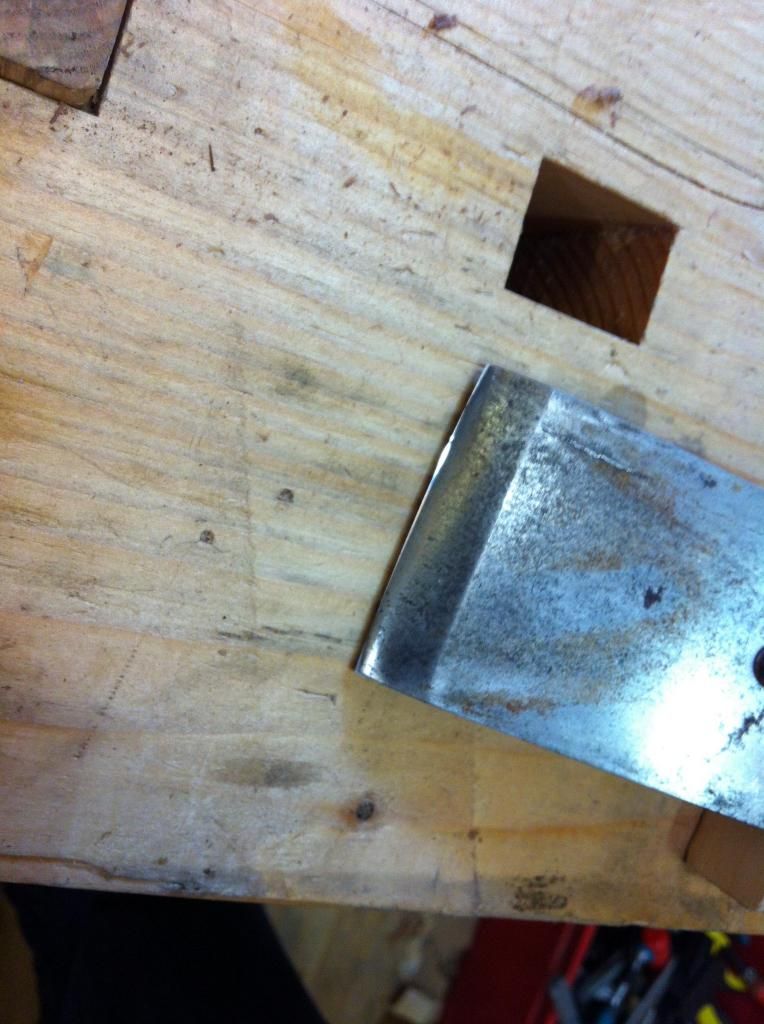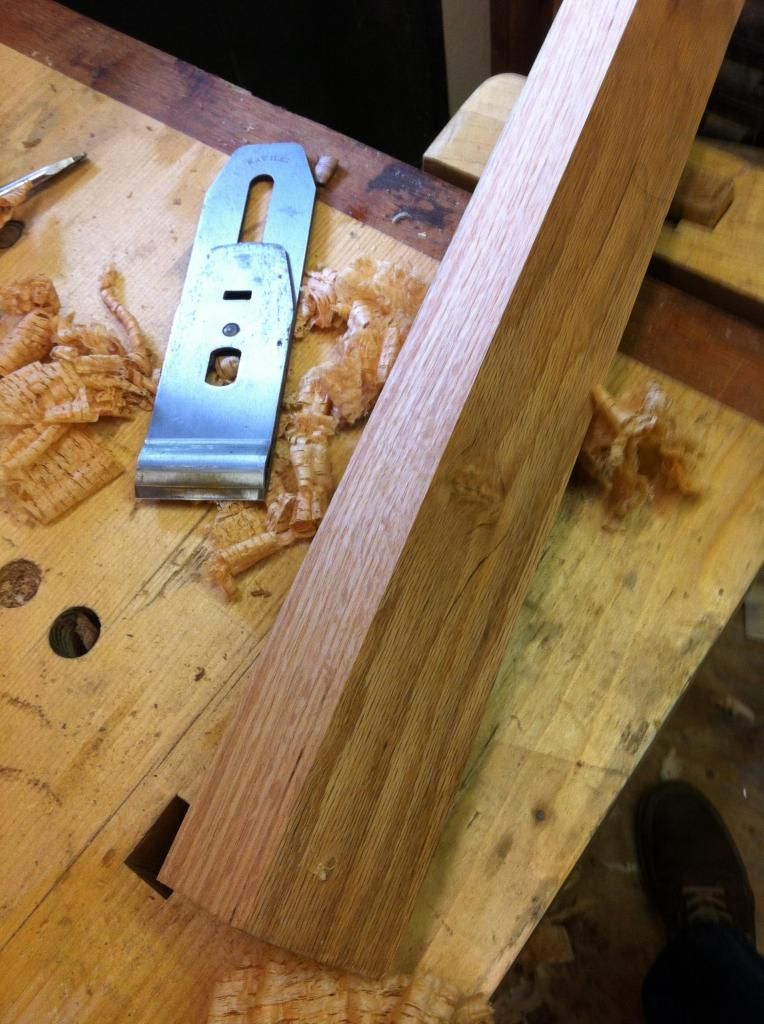Kees, what is your impression of the cambered cap iron? I recently cambered the cap iron of my Stanley no.5 to match the cutter, just to see what would happen…the jury is still out, but my initial impression is that, contrary to what is commonly said, the cambered cap iron is really an improvement. One problem I have is that I'm using a thicker cutting iron, so with the cap iron set close, I can't extend the irons far enough to get a really deep cut. But that problem could be solved with a different iron.
It's very interesting that you say the cap iron is slightly less cambered than the cutter…because another problem I found was that the center of the cap iron tends to drag and leave witness marks on the wood, if the cap iron is set too close. So I was considering exactly what you have--cambering the cap iron half as much as the cutter itself (hope that makes sense).
Anyway, would love to hear your thoughts on this.






 Reply With Quote
Reply With Quote



